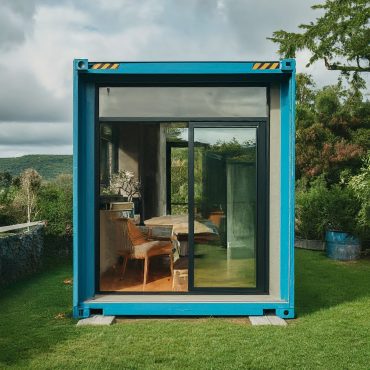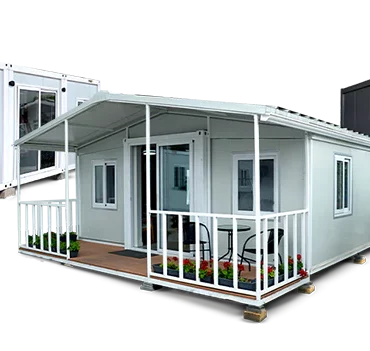Living Pods: A Sustainable Solution for Reducing Reoffending
Introduction
In recent years, there has been a growing interest in sustainable and affordable housing solutions. One such solution that has gained significant attention is container houses, often referred to as “Living Pods.” These innovative structures are repurposed shipping containers that have been converted into habitable spaces. In this blog post, we will explore how Living Pods can play a crucial role in reducing reoffending rates and eliminating the associated costs.
The Benefits of Living Pods
-
Affordability: Living Pods offer a cost-effective housing option compared to traditional construction methods. The use of repurposed shipping containers can significantly reduce material and labor costs, making them accessible to individuals and communities with limited resources.
-
Sustainability: By repurposing existing materials, Living Pods contribute to environmental sustainability. They minimize the need for new resources and reduce the carbon footprint associated with traditional construction.
-
Rapid Construction: Living Pods can be constructed relatively quickly, providing a rapid solution to housing shortages. This can be particularly beneficial for individuals facing homelessness or reoffending, who require immediate and stable housing.
-
Flexibility: Living Pods can be customized to meet various needs and preferences. They can be designed to accommodate different layouts, sizes, and amenities, making them adaptable to individual lifestyles.
Reducing Reoffending Through Living Pods
-
Stable Housing: Providing stable housing is a key factor in reducing reoffending rates. Living Pods can offer individuals a safe and secure place to live, reducing the likelihood of returning to criminal activity.
-
Community Integration: Living Pods can be designed to foster a sense of community and belonging. By creating supportive environments, they can help individuals develop positive relationships and reduce isolation, which are both associated with lower reoffending rates.
-
Employment Opportunities: Living Pods can be located in areas with access to employment opportunities, providing individuals with the chance to rebuild their lives and become self-sufficient.
-
Support Services: Living Pods can be integrated with support services, such as counseling, job training, and addiction treatment, to address the underlying issues that may contribute to reoffending.
Conclusion
Living Pods offer a promising solution to the challenges of housing affordability, sustainability, and reoffending. By providing stable housing, fostering community integration, and supporting individuals in their journey towards rehabilitation, Living Pods can play a significant role in reducing crime rates and creating a more just and equitable society.




Living Pods: A Sustainable and Affordable Housing Solution with a Significant Social Impact
...




